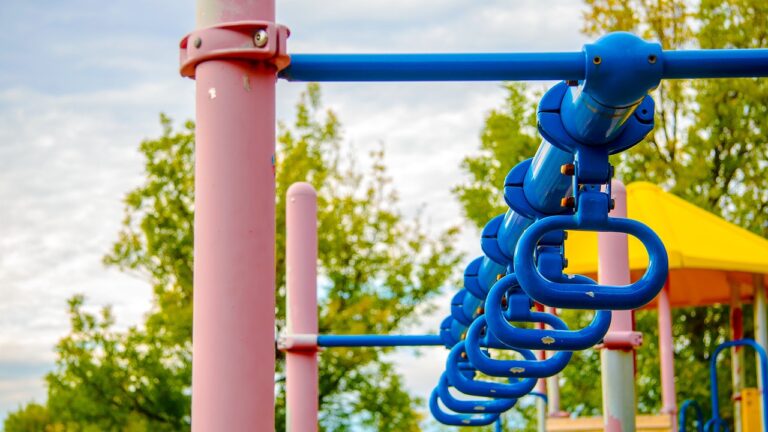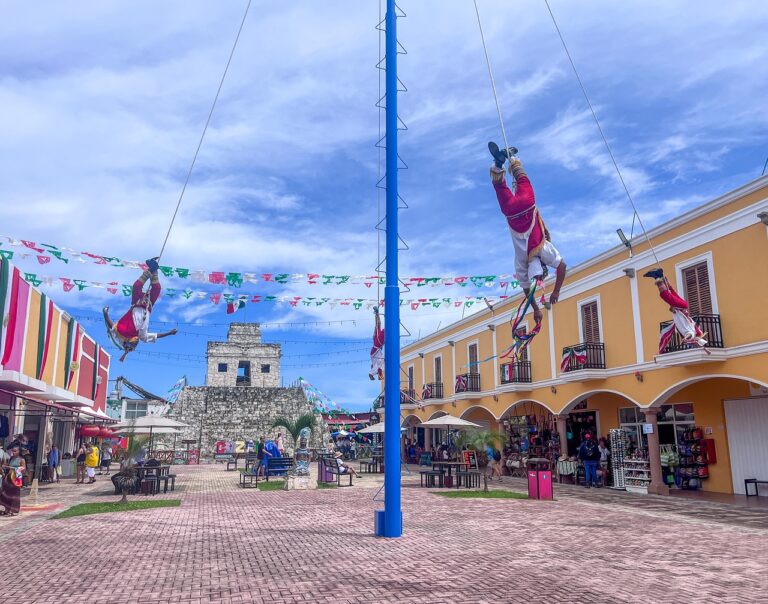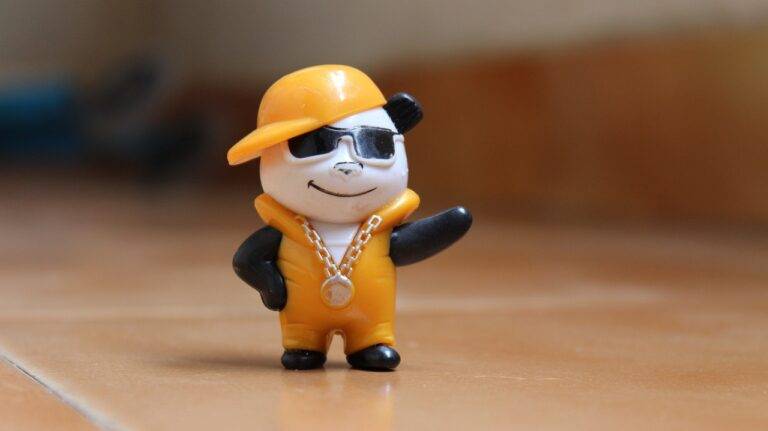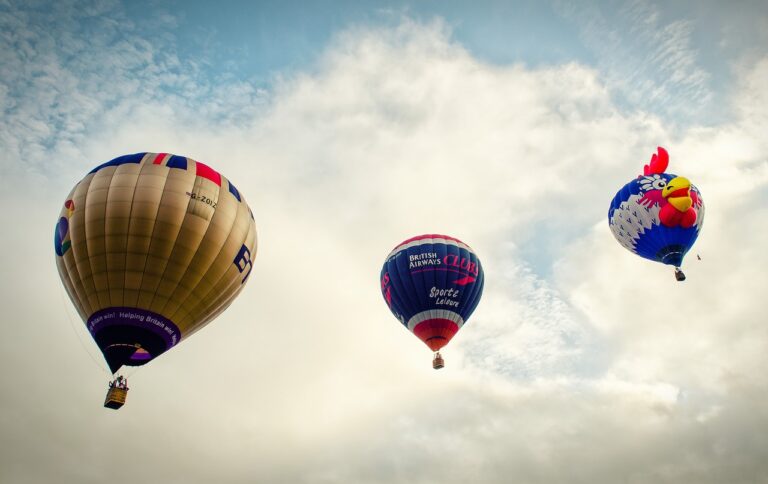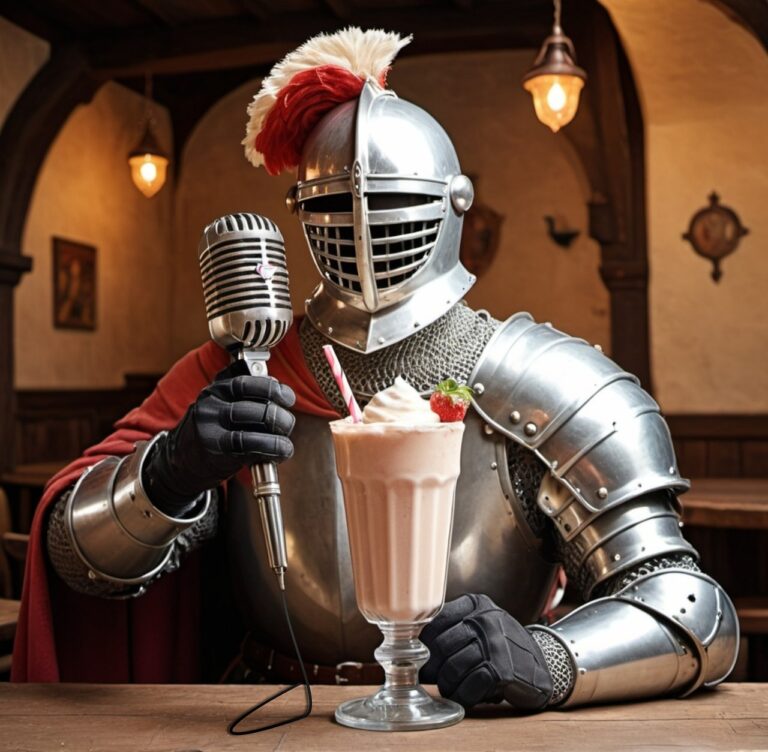Diversity in Animation: Representation in Cartoons and Animated Films
Underrepresented identities in animation refer to groups that are often overlooked or marginalized in the world of cartoons. These identities encompass a wide range of characteristics, including but not limited to race, ethnicity, gender, sexual orientation, and physical abilities. Despite progress in recent years, there is still a glaring lack of representation for these diverse groups in animated media.
When certain identities are consistently left out or misrepresented in cartoons, it not only limits the scope of storytelling but also reinforces harmful stereotypes. By showcasing a more diverse range of characters and experiences, animation has the power to broaden audiences’ perspectives and promote inclusivity. It is essential for the industry to actively work towards better representation to reflect the richness and complexity of the world we live in.
One of the underrepresented identities in animation is people of color, who are often portrayed in stereotypical or tokenistic ways.
LGBTQ+ characters are also rarely seen in mainstream animated shows, and when they do appear, their storylines may be limited or sensationalized.
Characters with disabilities are another group that is seldom depicted in animation, perpetuating the idea that only able-bodied individuals can be protagonists.
Women and non-binary individuals continue to be underrepresented as well, with male characters dominating leading roles in most animated series.
Cultural Stereotypes in Animated Media
When examining animated media, it becomes evident that cultural stereotypes are often prevalent in various forms. These stereotypes can perpetuate harmful misconceptions about different groups of people, reinforcing biases and prejudices. For instance, characters representing certain cultural identities may be depicted using exaggerated accents or simplistic traits that reduce them to one-dimensional caricatures.
Furthermore, the portrayal of certain cultural groups in a negative light can lead to the internalization of harmful stereotypes by viewers, especially children who may be more impressionable. The use of stereotypes in animated media can also limit opportunities for authentic representation and diversity within the industry, overshadowing the richness and complexity of different cultures and identities.
The Importance of Diversity in Cartoons
Diversity in cartoons plays a vital role in shaping the mindset of viewers, especially the younger audience. When children see characters from different backgrounds, cultures, and identities on screen, they are exposed to a wider spectrum of human experiences and perspectives. This exposure fosters acceptance, empathy, and understanding, ultimately nurturing a more inclusive society.
Moreover, diversity in cartoons not only reflects the world we live in but also helps in breaking down stereotypes and challenging misconceptions. By portraying a range of characters with diverse traits, animated media has the power to debunk cultural stereotypes and promote a more accurate representation of society. Embracing diversity in cartoons not only enriches storytelling but also ensures that all viewers can see themselves represented on screen, fostering a sense of belonging and empowerment.
Why is it important to have diversity in cartoons?
Diversity in cartoons helps to accurately represent the world we live in, allows for the inclusion of underrepresented identities, and promotes understanding and acceptance of different cultures.
What are some examples of underrepresented identities in animation?
Some examples of underrepresented identities in animation include people of color, LGBTQ+ characters, individuals with disabilities, and non-binary or gender non-conforming characters.
How do cultural stereotypes in animated media impact viewers?
Cultural stereotypes in animated media can perpetuate harmful biases and reinforce negative stereotypes, leading to misunderstandings and discrimination in real life.
How can cartoons promote diversity and inclusion?
Cartoons can promote diversity and inclusion by featuring a variety of characters from different backgrounds, showcasing unique cultural perspectives, and challenging stereotypes through positive representation.


